Have you ever caught your cat staring blankly at the wall, or endlessly pacing from room to room? While it might seem like a quirky feline habit, it could actually be a silent cry for help. Cats, just like people, need mental and physical stimulation to feel truly alive. When they don’t get enough of it, their world shrinks—sometimes to a dark, lonely corner. The truth is, under-stimulation is an invisible thief, stealing joy, energy, and even health from your furry friend. Let’s pull back the curtain on this hidden problem and find out if your cat is silently suffering right under your nose.
The Secret Lives of Indoor Cats
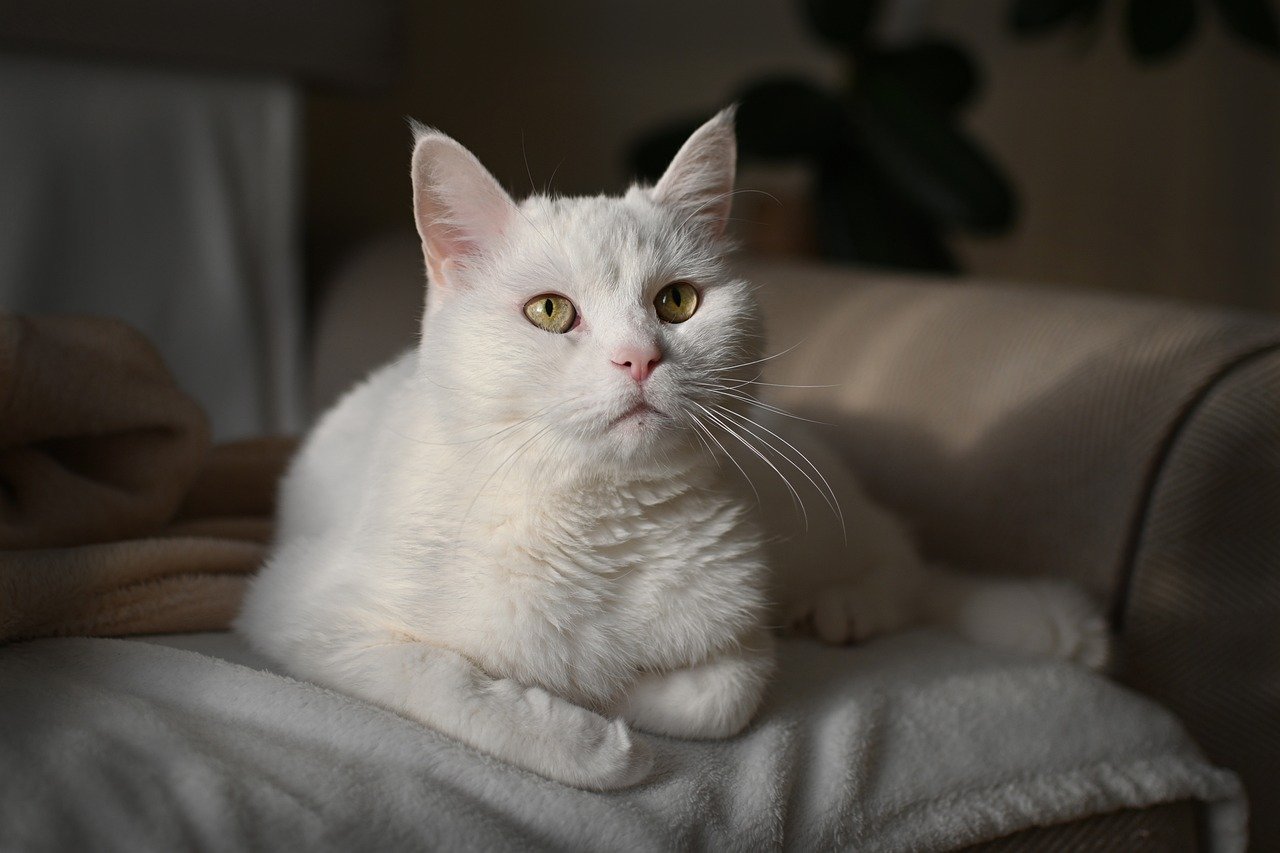
Many people think cats are just lazy creatures who love to nap all day, but the reality is much more complex. In the wild, cats are hunters, explorers, and climbers. An indoor cat’s life is often far more restricted, with fewer opportunities for adventure. Without birds to chase or new territories to explore, a cat’s days can become dull and predictable. This lack of stimulation can leave your pet feeling bored and frustrated, leading to a range of behavior issues. Even if your cat seems content lounging around, beneath the surface, they might be craving more excitement. Understanding this hidden side of your cat’s life is the first step to spotting under-stimulation.
What Does Under-Stimulation Look Like?

You might wonder if your cat is just chill, or if there’s something missing from their day-to-day life. Under-stimulation can show up in subtle ways—like excessive sleeping, lack of interest in toys, or even overeating. Some cats may develop odd habits, like over-grooming, pacing, or vocalizing at odd hours. Others might become destructive, scratching furniture or knocking things over for attention. If you notice your cat staring into space or seeming restless, these could be red flags. Think of it as your cat’s way of saying, “I’m bored, and I need something more!”
The Physical Toll: Health Effects of Boredom

A bored cat isn’t just a sad cat—there can be serious health consequences, too. Lack of activity often leads to weight gain, as your cat lounges and snacks without burning off those extra calories. Over time, this can result in obesity, diabetes, and joint problems that make life even harder. Under-stimulated cats may also groom themselves excessively, leading to bald patches or skin infections. The stress of boredom can mess with your cat’s immune system, making them more vulnerable to illness. It’s a silent downward spiral that’s easy to miss—until it’s too late.
Emotional Signs Your Cat Needs More
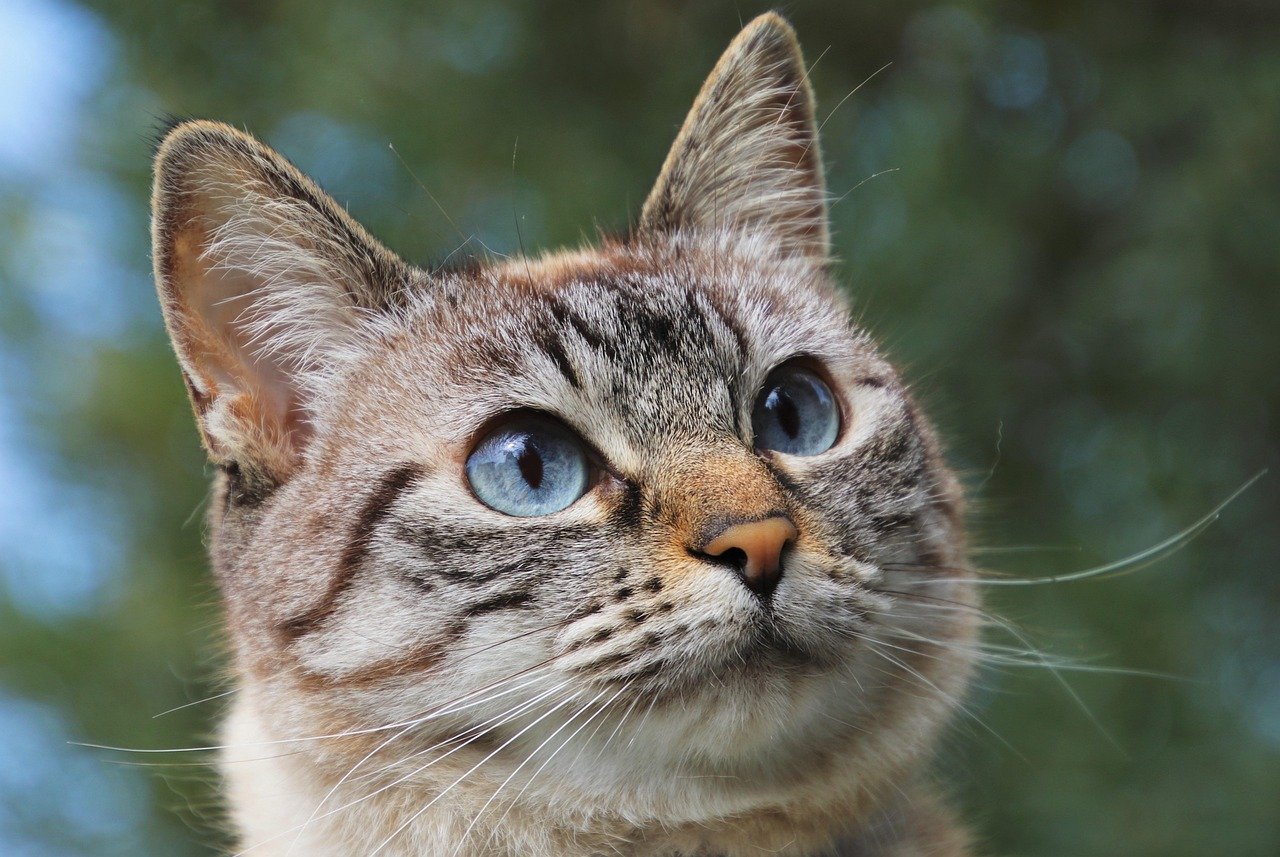
Cats may not cry real tears, but they absolutely feel emotional pain. An under-stimulated cat can seem withdrawn, depressed, or even anxious. They might hide for hours, avoid interaction, or become clingy and demanding. These mood swings are their way of coping with a world that’s just too bland. In some cases, cats may even lash out, biting or scratching when approached. Imagine being trapped in a room with nothing to do for days on end—your cat can feel that same sense of frustration and loneliness.
Destructive Behavior: A Cry for Help
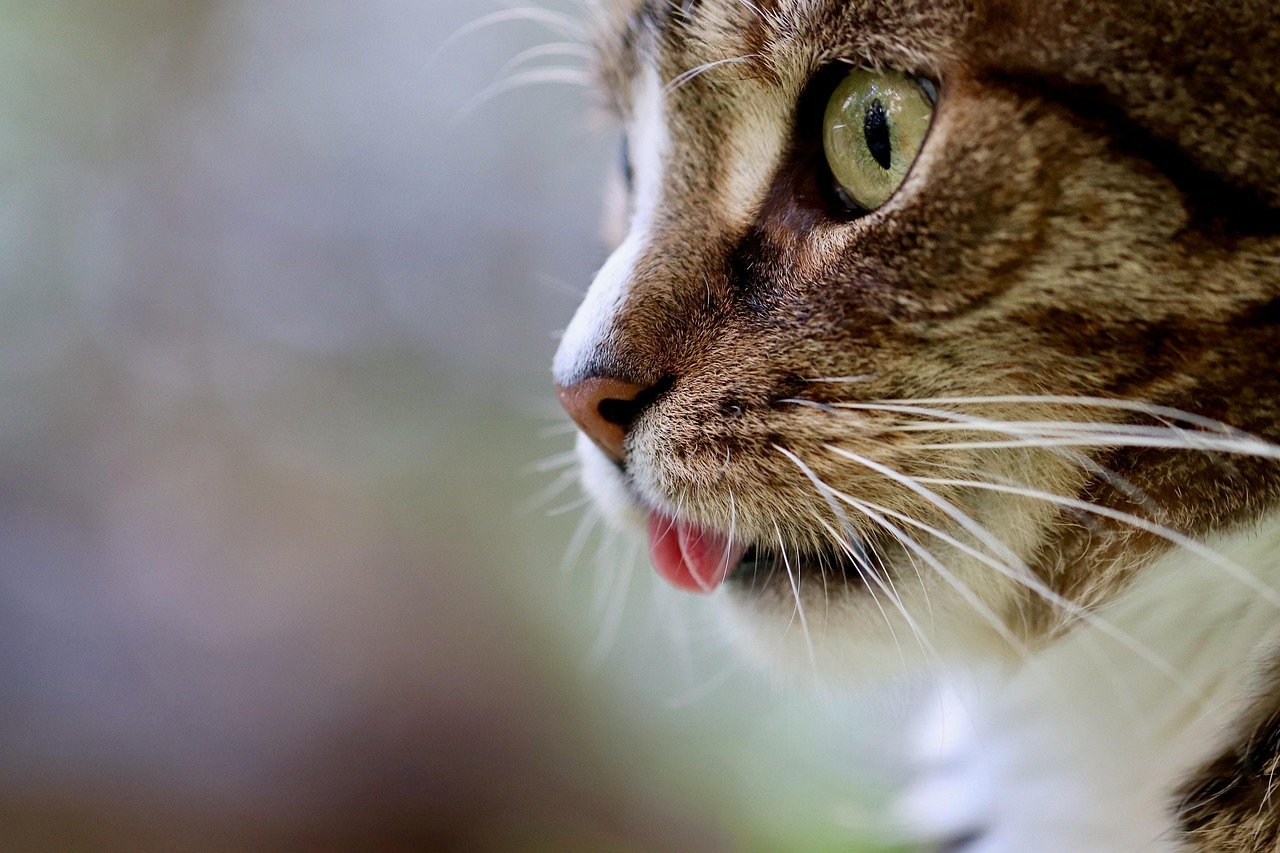
When cats start shredding your curtains or toppling over your favorite houseplant, it’s easy to get annoyed. But destructive acts are often desperate attempts to find stimulation. Scratching, chewing, or digging are all natural cat behaviors that need an outlet. Without suitable alternatives, your belongings become their playground. Think of it as your cat’s version of drumming their fingers on the table—they’re saying, “Give me something to do!” This isn’t bad behavior; it’s a sign they need more opportunities to play and explore.
Compulsive Habits and Over-Grooming

Some cats develop nervous habits when they’re bored or stressed. Over-grooming is a common one—they’ll lick themselves raw, sometimes creating bald patches or sores. This can be mistaken for a skin problem, but often, the root cause is a lack of stimulation. Other cats may obsessively chase their tails, suck on fabrics, or engage in repetitive pacing. These behaviors can quickly spiral out of control, becoming deeply ingrained habits that are hard to break. It’s your cat’s way of coping when their world feels too small and unchanging.
Are Some Cats More Prone to Under-Stimulation?

Not all cats react to boredom the same way. Young kittens and active breeds like Bengals, Siamese, or Abyssinians tend to need more mental and physical activity. Senior cats might seem content to nap, but even they need some excitement to stay sharp. Cats who were once outdoor wanderers or strays often struggle the most with a quiet indoor life. Personality plays a big role—some cats are naturally curious and high-energy, while others are more laid-back. Knowing your cat’s unique temperament can help you spot the signs of under-stimulation early.
The Role of Routine and Environment

A predictable routine can be comforting to cats, but too much sameness becomes a trap. If your cat eats, naps, and stares out the same window every day, life gets monotonous fast. The environment matters—a small apartment with few hiding spots or climbing opportunities leaves little room for adventure. Cats love to explore, climb, and perch up high, surveying their kingdom. Without these options, their world shrinks. Mixing up your cat’s routine and changing their environment, even in small ways, can make a huge difference.
Toys: Not Just Child’s Play

Toys are more than just trinkets—they’re your cat’s ticket to a more stimulating life. But not all toys are created equal. Cats quickly get bored with the same toy mouse or string. Rotating toys, introducing puzzle feeders, or using interactive toys that mimic prey can keep things exciting. Even a simple cardboard box can become a castle or a hiding spot. Think creatively—laser pointers, feather wands, and treat-dispensing balls turn playtime into a real adventure. The right toys can unlock your cat’s hidden hunter and keep boredom at bay.
The Power of Playtime With You

Nothing beats the connection your cat feels when you play together. Interactive play isn’t just about burning energy—it’s about building trust and communicating. Chasing a feather wand or stalking a crinkly ball together lets your cat practice their natural skills while bonding with you. Set aside dedicated playtime each day, even if it’s just ten minutes. This shared experience can turn a bored, withdrawn cat into a lively, happy companion. Remember, your attention is the best gift you can give.
Window Watching: A World Beyond Glass

A window isn’t just a piece of glass to a cat—it’s a front-row seat to the greatest show on earth. Birds flitting, squirrels darting, leaves rustling in the wind—these are the little things that spark your cat’s curiosity. Setting up a window perch or bird feeder outside can provide hours of mental stimulation. Even if your cat never sets foot outside, they can still feel connected to the world. It’s like endless television, only better—because it’s real.
Safe Outdoor Adventures

If you have the option, supervised outdoor time can be a game-changer. Catios (enclosed patios for cats), harness walks, or even a fenced-in backyard let your cat explore safely. The sights, sounds, and smells of the outdoors are a feast for their senses. Of course, outdoor time isn’t possible for everyone, but even a few minutes on a leash or in a secure area can make a world of difference. It’s a taste of the wild without the risks.
Puzzle Feeders and Food Games
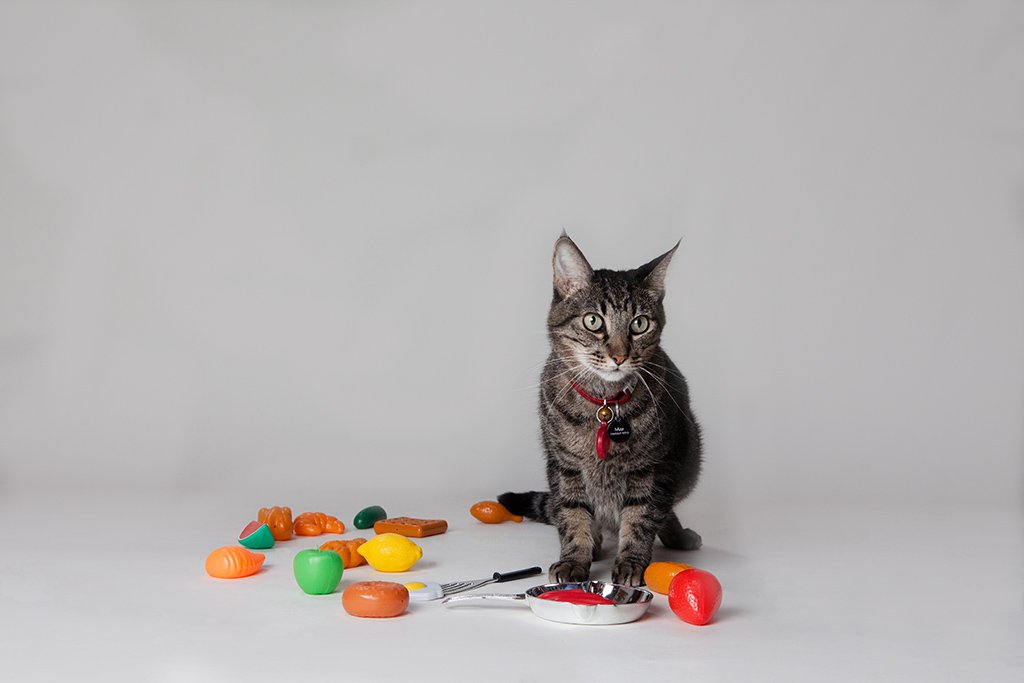
Mealtime can be more than just filling a bowl. Puzzle feeders and food-dispensing toys force your cat to think and work for their food, just like they would in the wild. These challenges slow down fast eaters and keep their minds sharp. Hide treats around the house, or use a puzzle toy that requires some clever pawing—suddenly, eating becomes a mini adventure. This is a simple way to turn a boring routine into a fun, rewarding challenge.
Vertical Space: The High Life

Cats love to climb and perch up high—it’s in their DNA. Giving your cat access to shelves, cat trees, or window ledges lets them survey their territory and feel safe. Vertical spaces create new pathways and hiding spots, turning even a small apartment into an exciting playground. You don’t need to spend a fortune, either—simple DIY shelves or a cleared-off bookcase can make a huge difference. Think of it as giving your cat a second story to explore.
Social Stimulation: Friends and Foes

Some cats crave company, while others prefer their solitude. Multi-cat households can be a source of fun—or stress—depending on the personalities involved. If your cat enjoys the company of others, a feline friend can provide endless entertainment. But be cautious—introducing a new cat should be done slowly and carefully. Even if your cat is a solo act, regular interaction with you is essential. Social bonds are as important to cats as they are to us.
Training and Enrichment Activities

Who says you can’t teach a cat new tricks? Training isn’t just for dogs—cats can learn to sit, high-five, or even run obstacle courses. Clicker training and treat rewards turn learning into a game. Enrichment activities like hide-and-seek, treasure hunts, or scent trails tap into your cat’s natural instincts. These challenges keep their minds sharp and give them a sense of accomplishment. Plus, it’s a fun way for you both to bond.
The Importance of Variety
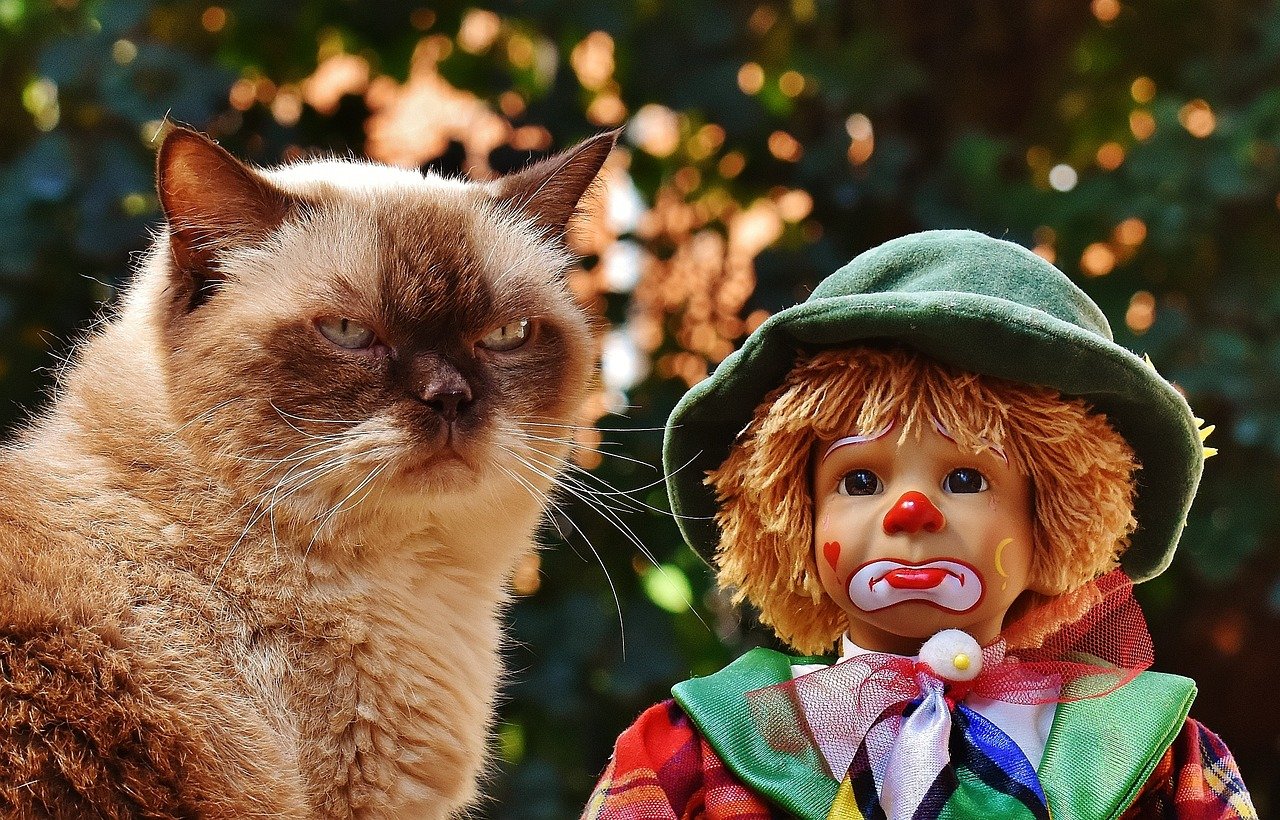
Cats, like people, crave novelty. Even the most exciting toy loses its appeal after a while. Switching up toys, rearranging furniture, or introducing new activities can keep your cat’s world fresh. Try rotating toys every week, or surprise your cat with a new hiding spot or scratching post. Variety is the spice of life—and it can make the difference between a bored cat and a happy one.
Recognizing When to Seek Help

Sometimes, no matter how hard you try, your cat still seems down or anxious. Persistent changes in appetite, grooming, or behavior may signal deeper issues. Don’t hesitate to consult your veterinarian if you’re worried. Medical problems can mimic boredom, and sometimes professional advice is needed. Your vet can rule out underlying health conditions and offer guidance on enrichment. Remember, you’re not alone—help is available.
Common Myths About Cat Boredom

Many people believe cats are perfectly happy left alone, but this is far from the truth. The myth of the “independent cat” ignores their need for connection and stimulation. Another misconception is that older cats don’t need playtime or enrichment. In reality, all cats benefit from a lively, engaging environment, no matter their age. Don’t fall for the idea that boredom is normal—your cat deserves a life full of adventure.
Simple Steps to a Happier Cat
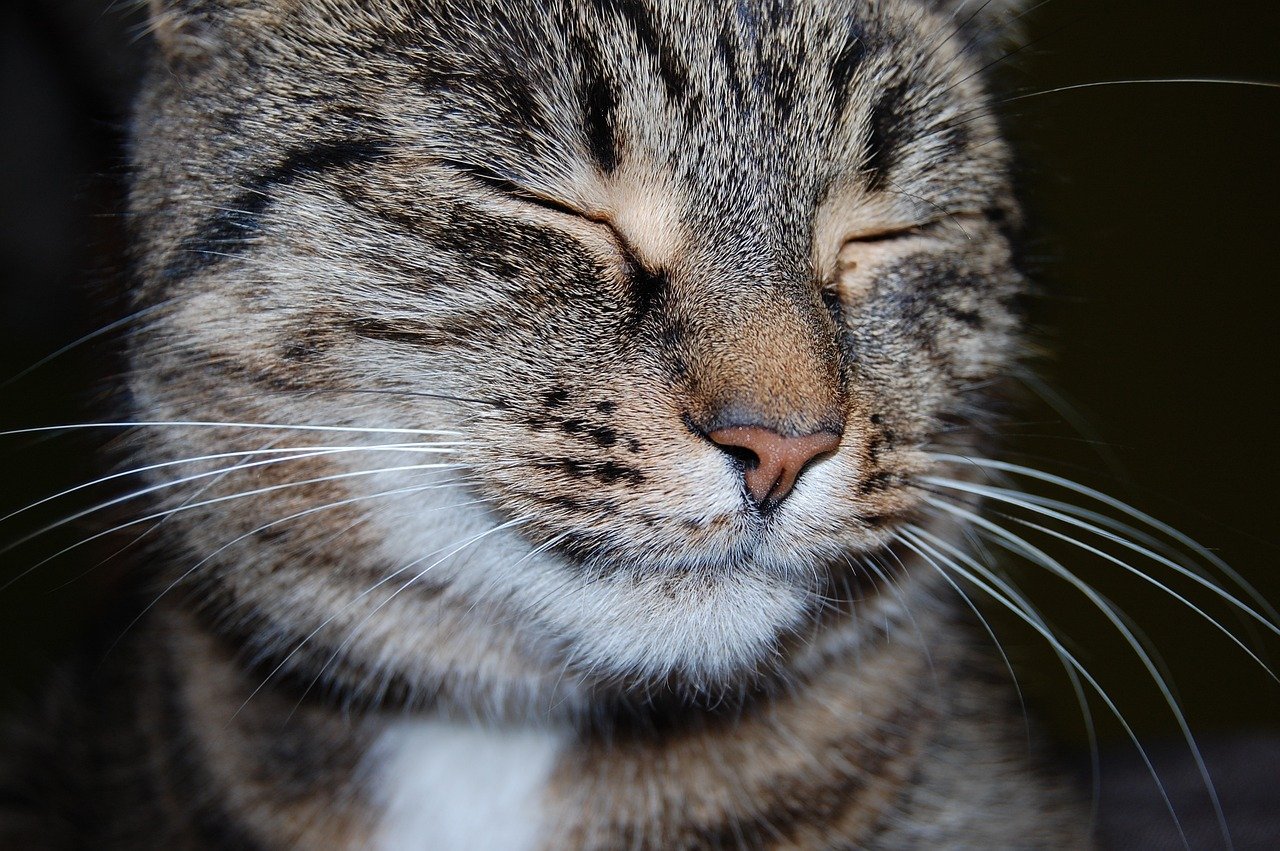
You don’t need fancy gadgets or a huge budget to enrich your cat’s life. Small changes—like daily play sessions, new hiding spots, or a cardboard box maze—can make a big difference. Pay attention to what excites your cat, and experiment with different toys and activities. If you’re not sure where to start, think about what would make your own day more interesting. A little creativity and love go a long way in making your cat’s world a happier, more stimulating place.
Hi, I’m Bola, a passionate writer and creative strategist with a knack for crafting compelling content that educates, inspires, and connects. Over the years, I’ve honed my skills across various writing fields, including content creation, copywriting, online course development, and video scriptwriting.
When I’m not at my desk, you’ll find me exploring new ideas, reading books, or brainstorming creative ways to solve challenges. I believe that words have the power to transform, and I’m here to help you leverage that power for success.
Thanks for stopping by, Keep coming to this website to checkout new articles form me. You’d always love it!






